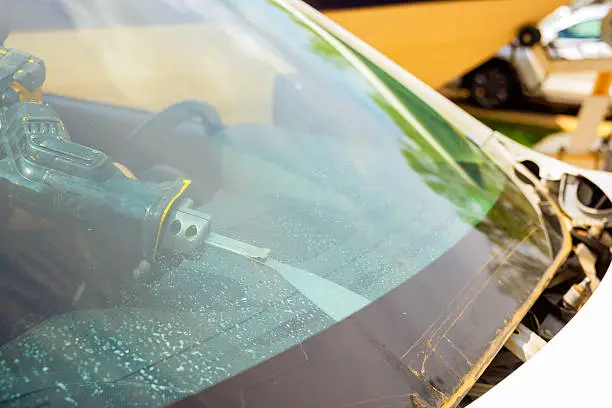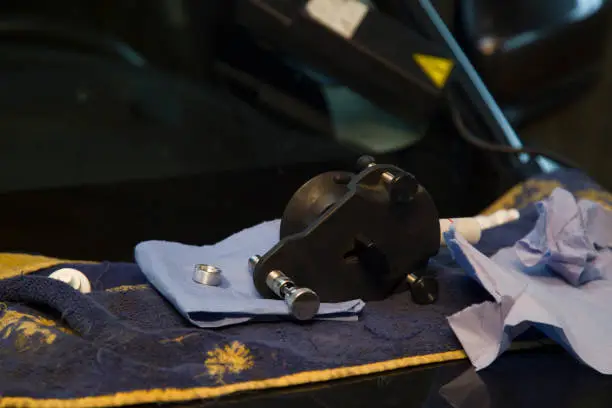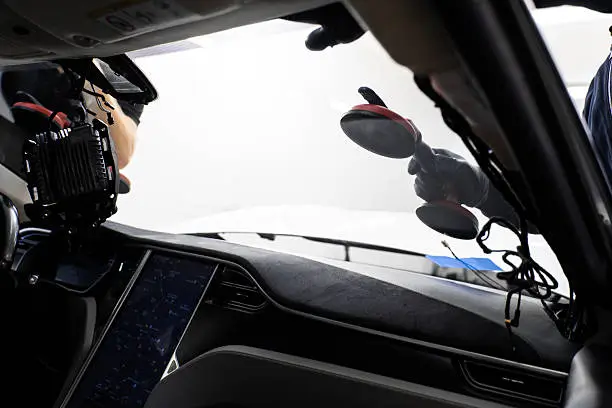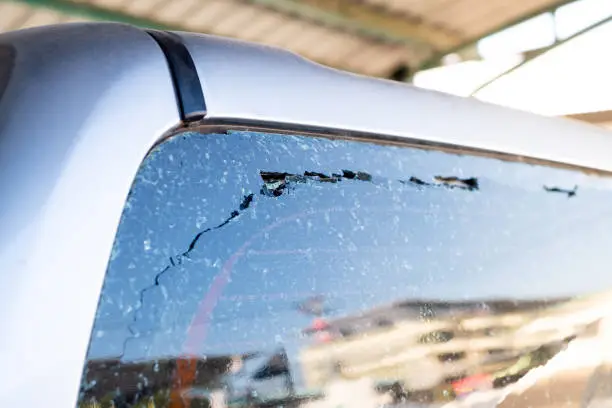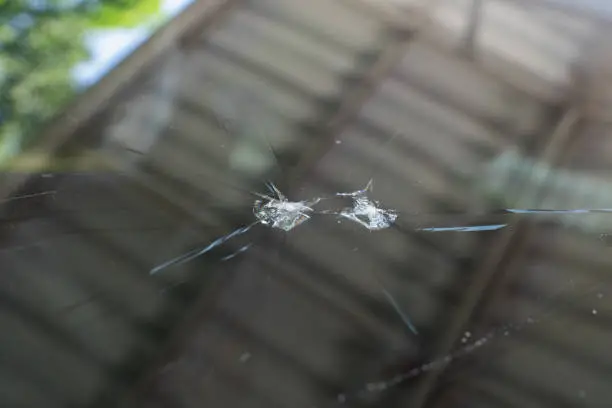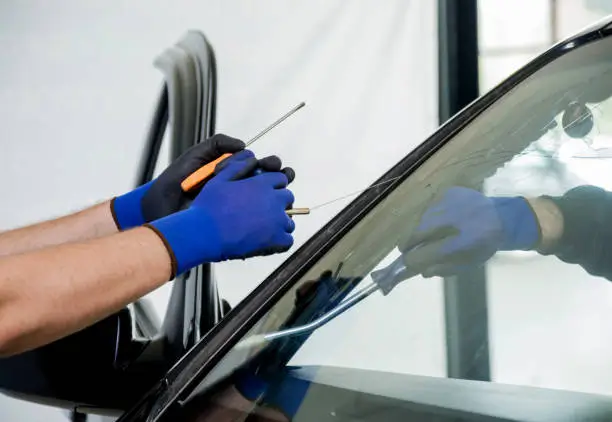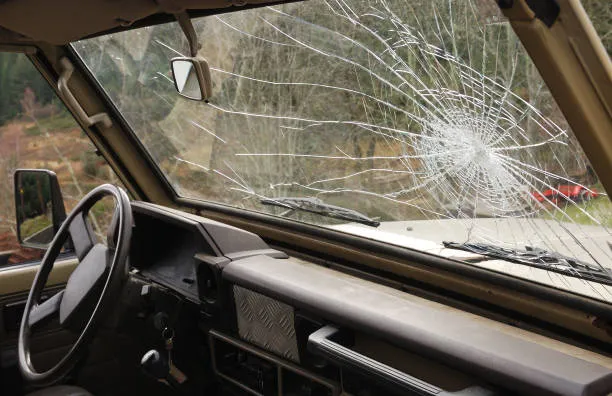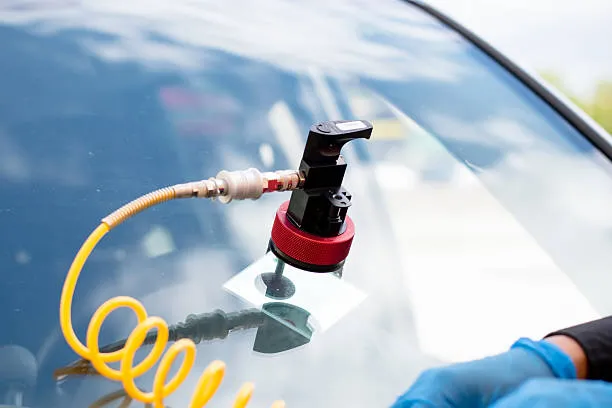Just replaced your glass? Learn the safe wait times before hitting the road again.
Before you jump back on the road, it’s essential to understand how long you should wait and why that wait matters. Safe drive-away time is a key safety factor that protects you and your passengers in the event of a crash. In this guide, we’ll explain how adhesives work, what affects curing time, and how to care for your new glass to ensure long-lasting performance.
Table of Contents
ToggleWhat is Safe Drive‑Away Time (SDAT)?
Safe Drive‑Away Time or SDAT refers to the minimum amount of time your vehicle must remain stationary after a windshield replacement or car window repair before it’s safe to drive. During this period, the adhesive used to bond the new glass to the vehicle must cure properly.
This isn’t a random number. It’s based on crash test safety standards set by the Federal Motor Vehicle Safety Standards (FMVSS), especially FMVSS 212 and 208. These regulations are designed to guarantee the windshield provides structural support and doesn’t detach in the event of a crash or when airbags are activated. If the adhesive hasn’t cured properly, the windshield could detach at a critical moment, compromising passenger safety.
Factors That Affect Cure Time
Cure time doesn’t follow a one-size-fits-all rule. Several factors influence how long you need to wait before driving your vehicle post-installation.
- Adhesive Type
Not all adhesives cure at the same rate. The most commonly used windshield adhesives are urethane-based, but even within this category, there are different formulations. Standard-cure urethane typically requires several hours (sometimes up to 24 hours) to fully cure, depending on ambient conditions.
Fast-cure urethane is designed for rapid turnaround. Some fast-cure products allow a safe drive-away time as quick as 30 to 60 minutes, especially when installed in controlled shop environments. Technicians select adhesives based on the vehicle’s requirements and the expected conditions at the time of installation.
- Temperature & Humidity
Warm, humid air accelerates the curing reaction, while dry or cold conditions can delay it. Many urethane adhesives work best between 70°F and 80°F, with moderate humidity. Technicians may adjust their approach based on outdoor conditions or use supplemental heat if needed. Humidity not only affects adhesives but also contributes to corrosion and oxidation in unsealed areas, underscoring the importance of a well-sealed glass perimeter.
- Installation Environment
Indoor installations allow for better control of temperature and moisture, leading to more predictable curing times. Mobile installations, while convenient, are at the mercy of the weather and often require longer cure times to ensure a safe bond. Technicians performing mobile installs often use longer-curing adhesives or schedule installations during optimal weather windows.
- Vehicle & Windshield Type
The design and structure of your windshield can influence both adhesive selection and cure time. Curved or panoramic windshields may require adhesives with greater flexibility and strength.
Thicker or laminated glass may put more stress on the bond line, requiring a longer cure time for safety. Vehicles with advanced driver-assistance systems (ADAS) embedded in the windshield may necessitate adhesives with higher initial stability to prevent misalignment during recalibration.
Typical Wait Times Explained
So, how long should you really wait before driving? While every installation is unique, here are some general timeframes based on typical adhesive systems.
- 30 Minutes – 1 Hour: High-performance, fast-cure adhesives used in controlled environments can bond securely within this window.
- 2 – 4 Hours: Standard adhesives used in typical conditions often fall into this range. It’s the most common wait time for a full windshield replacement.
- 4+ Hours or Overnight: In colder temperatures or during mobile installations, the wait time may increase. Some technicians may even recommend leaving the car overnight to ensure complete curing.
Technicians should always inform you of the required wait time based on the specific conditions and materials used.
Why Waiting Matters
Driving before the adhesive fully cures can lead to serious safety issues.
- Airbag Malfunction: During an accident, airbags deploy with great force and rely on the windshield for support. If the glass isn’t properly bonded, the airbag could push it out of place or completely detach it.
- Compromised Vehicle Frame: In a rollover accident, the windshield can account for nearly half of your vehicle’s structural support, making proper installation critical to safety.
- Leaks and Noise: Incomplete curing can result in gaps around the glass, causing wind noise, water leaks, and potential long-term damage to your vehicle’s frame.
- Voided Warranties: Some repair warranties or insurance claims may be void if proper curing times weren’t followed.
Simply put, waiting ensures safety, performance, and peace of mind.
Best Practices After Windshield Replacement
To protect your investment and ensure your safety, follow these post-replacement tips:
- Ask for Your SDAT: Before leaving the shop, confirm with your technician how long you should wait before driving. Don’t assume because it varies by job.
- Keep the Vehicle Closed & Stationary: Avoid slamming doors or driving over potholes, as these vibrations can disturb the curing adhesive. Gentle handling is key for the first 24 hours.
- No Car Washes or Pressure on Glass: Skip automatic car washes for at least 48 hours. The high-pressure jets and soap can weaken the bond or damage the sealant.
- Leave the Tape On: Technicians often apply tape to hold the molding in place. Keep it in place for a full 24 hours, or until your technician advises otherwise.
- Park Safely: If parking outside, avoid direct sun or heavy rain. Cover the vehicle if needed, or park in a shaded area.
FAQs
- Can I drive right after a windshield replacement?
Only if your technician confirms that the adhesive has cured. Most installations require a wait of at least 30 minutes to several hours.
- What happens if I drive too soon?
You could face issues like moisture seeping in, compromised glass stability, or the windshield coming loose entirely in the event of a crash.
- Is rain a problem after replacement?
It depends. Some adhesives are moisture-activated, but excess water or pressure can still weaken the bond. It’s safest to keep the vehicle dry for the first day.
- Do insurance policies cover wait times?
Most comprehensive insurance covers the replacement itself but doesn’t specifically mention SDAT. However, a reputable shop will build the necessary wait into the repair timeline.
Conclusion
Windshield replacement isn’t complete the moment the new glass goes in. It’s only complete once the adhesive has fully cured. Factors like adhesive type, weather, and installation method all play a role, so always ask your technician for specific guidance. Following proper aftercare will help extend the life of your windshield and keep your vehicle safe.
Need your windshield replaced or repaired? AAction Auto Glass delivers professional installation backed by top-tier adhesives and a strong focus on driver and passenger safety. Visit AAction Auto Glass to get a fast, accurate windshield replacement quote today and drive with confidence knowing the job was done right.
